Should I seek chiropractic care or medical care for a pinched nerve?
Chiropractic care can be a safe and effective first-line treatment for sciatica because it focuses on addressing the condition’s underlying cause. Chiropractors are trained to identify subluxations in the spine and other musculoskeletal imbalances that can contribute to sciatic nerve compression and irritation.
Using a combination of spinal adjustments, manual therapies, and other modalities, chiropractors can help reduce inflammation, alleviate pressure on the sciatic nerve, and restore proper alignment and function to the spine. Chiropractic care can also help improve flexibility, strength, and mobility in the affected areas, which can help reduce the risk of future sciatic episodes.
Unlike other treatment options, such as medication or surgery, chiropractic care is non-invasive and typically does not have significant side effects. This makes it a safe and effective option for many people with sciatica, including those who may be unable or unwilling to undergo more invasive procedures.
Overall, seeking chiropractic care for sciatica first can help you avoid more aggressive and potentially risky treatments while providing a conservative and holistic approach to addressing the underlying cause of your symptoms.
What is a pinched nerve, and how does it occur after a car accident?
A pinched nerve is compressed or squeezed by surrounding tissues, such as muscles, tendons, or bones. In a car accident, the force of the impact can cause these tissues to compress or shift, resulting in a pinched nerve.
What are the symptoms of a pinched nerve after a car accident?
Symptoms of a pinched nerve can include pain, numbness, tingling, or weakness in the affected area. In the case of a pinched nerve in the neck, patients may also experience headaches, dizziness, or difficulty turning their head.
Can chiropractic care help with pinched nerves after a car accident?
Yes, chiropractic care is an effective treatment option for pinched nerves and other musculoskeletal injuries caused by car accidents. Chiropractors use non-invasive techniques to alleviate pain and promote healing in the affected areas.
What techniques do chiropractors use to treat pinched nerves after a car accident?
Chiropractors may use a variety of techniques to treat pinched nerves, including spinal adjustments, soft tissue therapy/massage, electrical stimulation, and ultrasound therapy. They may also recommend exercises and stretches to promote healing.
How many chiropractic sessions are needed to treat a pinched nerve after a car accident?
The number of chiropractic sessions needed to treat a pinched nerve will depend on the severity of the injury and the patient’s individual needs. Some patients only need a few sessions, while others may require ongoing treatment.
Is chiropractic care safe for pinched nerves after a car accident?
Yes, chiropractic care is generally safe for pinched nerves after a car accident. Chiropractors are trained professionals who use non-invasive techniques to promote healing and alleviate pain. However, patients should always discuss any concerns they have with their chiropractor.
What can patients do to prevent pinched nerves after a car accident?
To prevent pinched nerves after a car accident, patients can improve their posture, maintain a healthy weight, and engage in regular exercise. They should also seek medical attention immediately if they experience any pain or discomfort after an accident.



